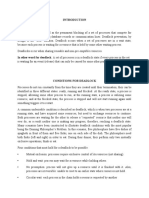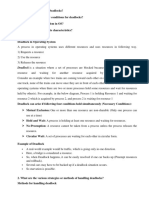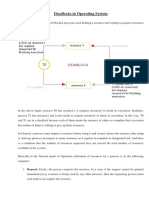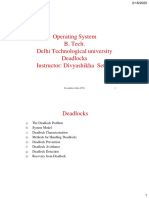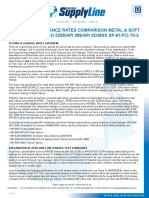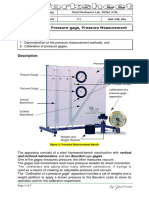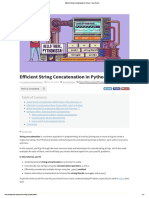0% found this document useful (0 votes)
5 views36 pagesDeadlocks in Operating System
The document discusses deadlocks in operating systems, detailing the conditions that lead to deadlocks and methods for handling them, including prevention, avoidance, detection, and recovery. It outlines the necessary conditions for deadlocks, such as mutual exclusion and hold and wait, and presents strategies like the Banker's Algorithm for deadlock avoidance. Additionally, it addresses the implications of deadlock detection and recovery methods, including process termination and resource preemption.
Uploaded by
JosephCopyright
© © All Rights Reserved
We take content rights seriously. If you suspect this is your content, claim it here.
Available Formats
Download as PDF, TXT or read online on Scribd
0% found this document useful (0 votes)
5 views36 pagesDeadlocks in Operating System
The document discusses deadlocks in operating systems, detailing the conditions that lead to deadlocks and methods for handling them, including prevention, avoidance, detection, and recovery. It outlines the necessary conditions for deadlocks, such as mutual exclusion and hold and wait, and presents strategies like the Banker's Algorithm for deadlock avoidance. Additionally, it addresses the implications of deadlock detection and recovery methods, including process termination and resource preemption.
Uploaded by
JosephCopyright
© © All Rights Reserved
We take content rights seriously. If you suspect this is your content, claim it here.
Available Formats
Download as PDF, TXT or read online on Scribd
/ 36



